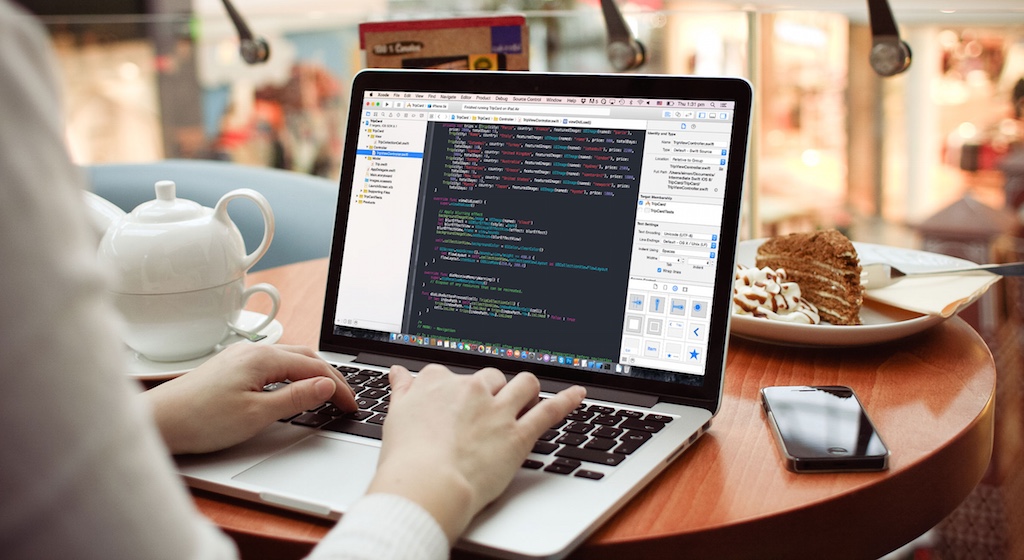As a developer, no matter whether your are a professional one, or you are just doing programming for fun, it’s definite that you are going to spend endless hours in front of your monitor until your project is ready. Feeling comfortable with the programming tools you use is more than important, as they consist of your virtual workplace and everything defines the working conditions. And when I say “everything”, I mean it: From the applications that you’ll choose to use as tools, down to the last possible setting you may apply to any of them. Undoubtably, a friendly environment can boost up your performance; a less friendly, non-customizable programming tool can have the exact opposite effects, as your productivity can be dramatically reduced. For example, you may feel that you are fed up working with the same “ice-looking” tool without being able to modify its display settings, or you feel eye strain because characters are too small, or because you have to use the mouse because setting your own key combinations isn’t possible.

So, hoping that I’ve made my point clear, let me make things more specific. As an iOS (and probably a Mac) developer, it’s quite possible that you use Xcode as your primary IDE (Integrated Development Environment) for developing your projects. I’m saying that is possible, because there are alternate applications you could use instead of Xcode. However, as most of developers use it, I’m going to stick to it. Anyway, Xcode is a powerful IDE, with numerous options and possibilities, and in its sixth version (in the time of writing) has nothing to be jealous of other IDEs. Each new version of it brings new features, making programmers’ lives easier. However, we all have to admit that Xcode is not perfect; It still has flaws, some of them quite annoying. But yet, it’s a great tool, and thankfully, Apple makes remarkable efforts to eliminate all flaws and bugs with every new update. In short, despite any flaws, Xcode is a great tool to work with.
Xcode, as any other programming tool, comes with some predefined settings. Its initial state serves the majority of the developers even from the first use, once it has been installed. With no doubts, Xcode has a great number of features, and for new developers or first-timers might look chaotic. Well, it’s a fact that not all options are for everybody. For example, if you don’t use versioning control, you’ll probably never going to use the respective feature. Or, unless you develop a really large project, you’ll probably never going to use bots for testing. But, no matter what you’re going to use or not, you must face one thing: Xcode is not made of stone, and it can be customized in many ways, so you can feel as comfortable as possible when working with it, and at the same time being extra-productive.
As you guess, this tutorial isn’t going to be like the ordinary ones, as there’s no new programming topic to discuss about today. We will deal with some more “lightweight” stuff, but trust me, I consider this as a really important topic that I’ve been wanted to write about a long time now. My goals in the next few parts include:
- How to change the look and feel of Xcode, so you never get bored working with it. Who said that colors are not for professionals?
- Practical tips that will increase your productivity and reduce the time you waste on implementing common programming stuff.
- A quick tour on some Xcode features that I personally consider as important ones; probably you’ll discover something new and helpful to keep for yourself.
In short, this tutorial deals with Xcode customization in aesthetic, programming and usage levels. Let me underline that there are definitely more than what I’ll show you next, but what we are about to cover here consist of the most usual tweaks (if I’m allowed to use the term) you’ll ever need to do. So, if you’re still interested in all the above, come onboard; we’re taking off!